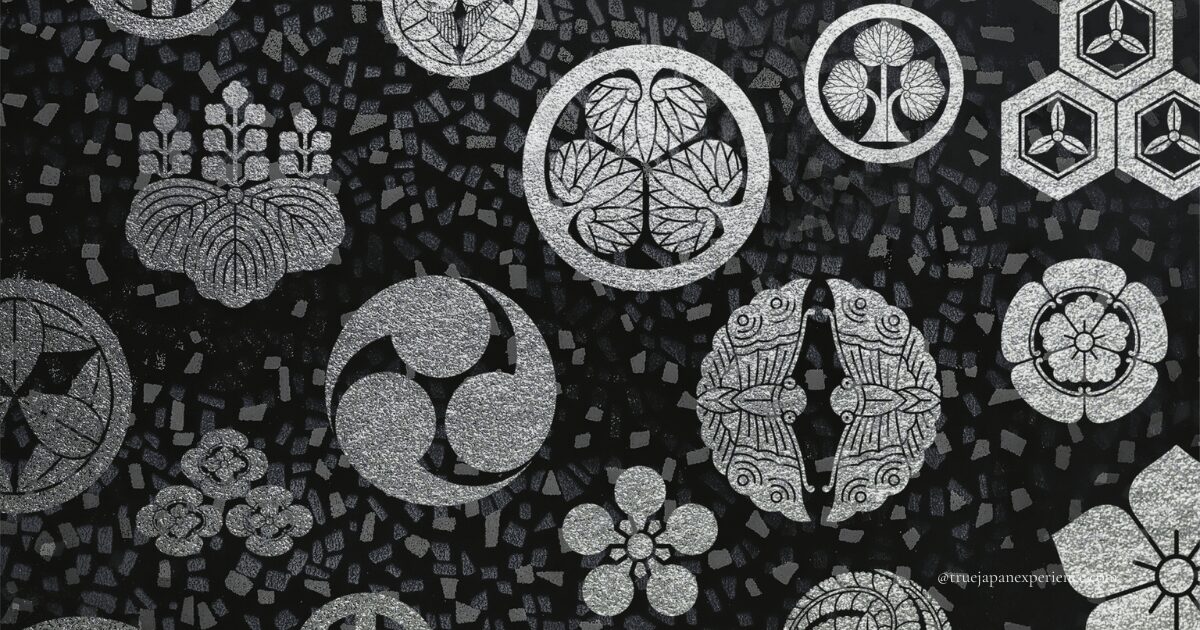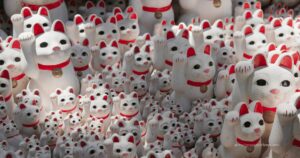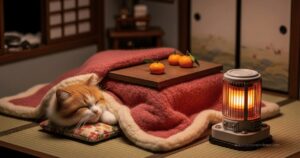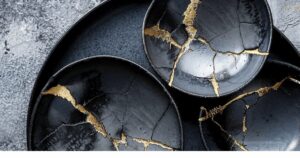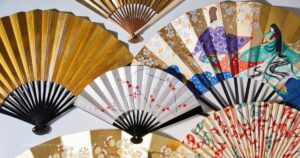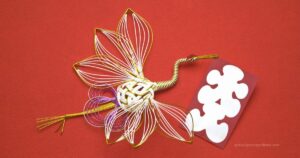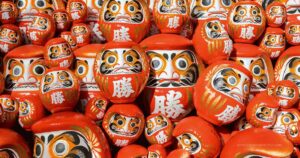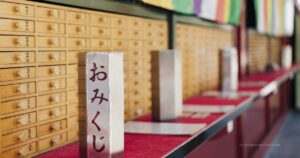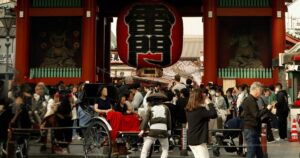Japanese Family Crest is more than just a beautiful design – it is a symbol of family pride, history, and identity in Japan. For over 1,000 years, families have used these simple yet powerful symbols to tell their story.
While they may look similar to European coats of arms, their meaning and traditions are quite different.
In this article, we’ll explore what a Japanese Family Crest is, how it differs from coats of arms and medals, and why it still fascinates people around the world today.
Family Crest in Japan: What Is It?
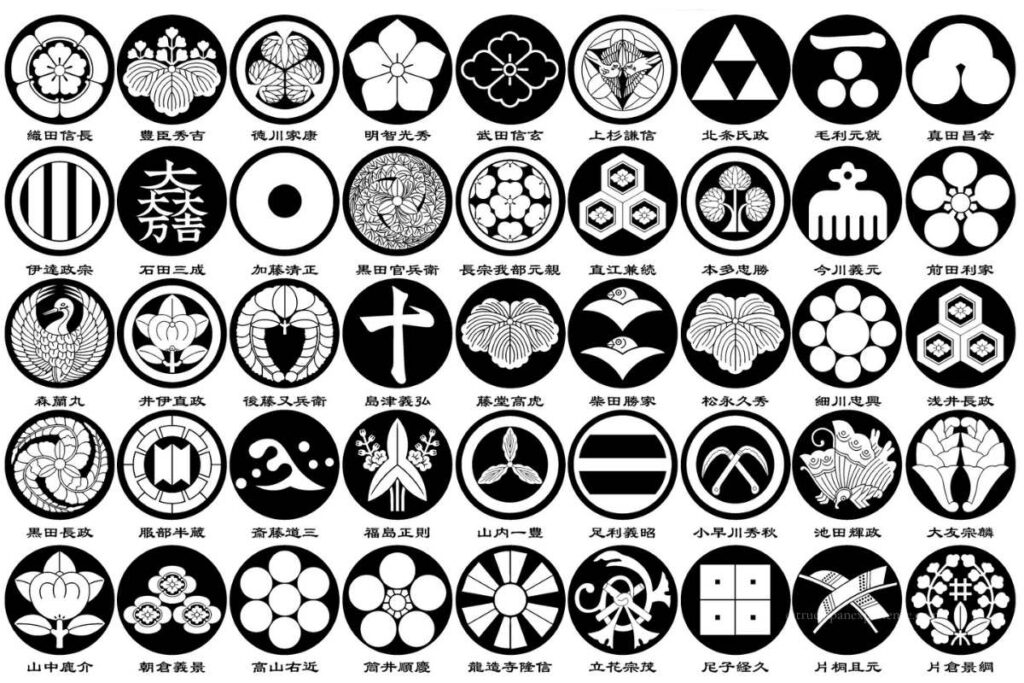
In Japan, there is something called “Kamon”. A kamon is a family crest — a simple design that shows which family you belong to, much like a logo for your home.
In English, people sometimes call it a “family emblem” or “family symbol”.
It is similar to the coat of arms in Europe, but there is one big difference: in Japan’s history, anyone could choose or even create their own design, even if they were not from a noble or royal family.
This also means that families with no blood relation could share the same crest, so in Japan, a family crest was not always a strict mark of bloodline like in some other countries.
Family Crests, Coats of Arms, and Medals – What’s the Difference?
Many people think Japanese Family Crest, European Coats of Arms, and medals are the same thing.
But they are actually quite different. Let’s make it clear.
Kamon – The Japanese Family Crest
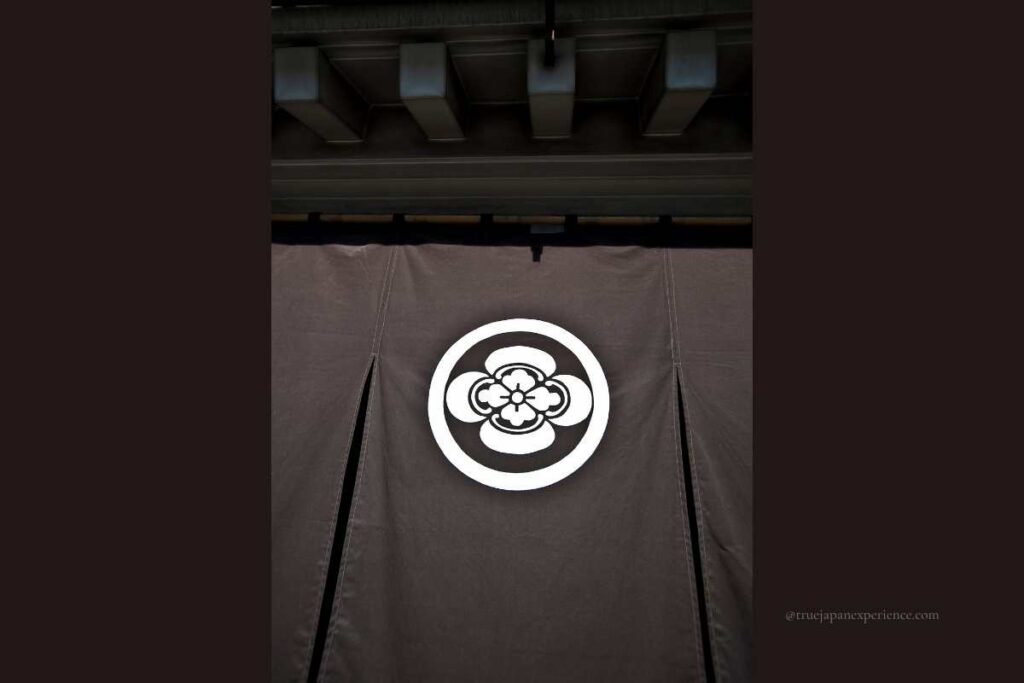
A Japanese Family Crest is Japan’s traditional family symbol. It is a simple, often round design used to show which family you belong to.
In Japanese history, anyone could choose a family crest design. It was not only for nobles.
It is mainly used to represent a family and express its pride, but in Japan, people were free to choose or create a design.
Coat of Arms – The European Heraldry
A coat of arms comes from Europe. It is a set of symbols given to nobles or knights to show their rank, history, and achievements.
It is more complex than a family crest.
A coat of arms is made of many parts — a shield, a helmet, a crest on top, sometimes animals on the side, and a motto.
It follows strict rules about who can use it and how it is passed down through the family. In Europe, you cannot simply choose one for yourself.
Medals – Awards for Achievement
A medal (or decoration) is very different from a crest.
It is a prize given by a country or organization to honor a person’s actions, bravery, or service.
For example, a medal might be awarded to a soldier, a scientist, or a volunteer.
It is not a family symbol and is not passed down to children. It is personal, not about family heritage.
1,000 Years of History of Family Crest in Japan

Kamon started more than 1,000 years ago, in the Heian period (around the year 900).
At that time, the emperor and noble families used small marks to tell their belongings apart. They put these marks on clothes, furniture, and carriages.
Later, during the samurai era, warriors used kamon on their armor and flags so that friends could tell them apart on the battlefield.
In the Edo period (17th–19th century), many common people did not have a family name they could use every day. Instead, they used a kamon to show who they were. This made kamon very important in social life.
Even people who were not related by blood could have the same kamon if they liked the design or were allowed to use it by a lord.
Endless Designs and Special Meanings of Japanese Family Crest
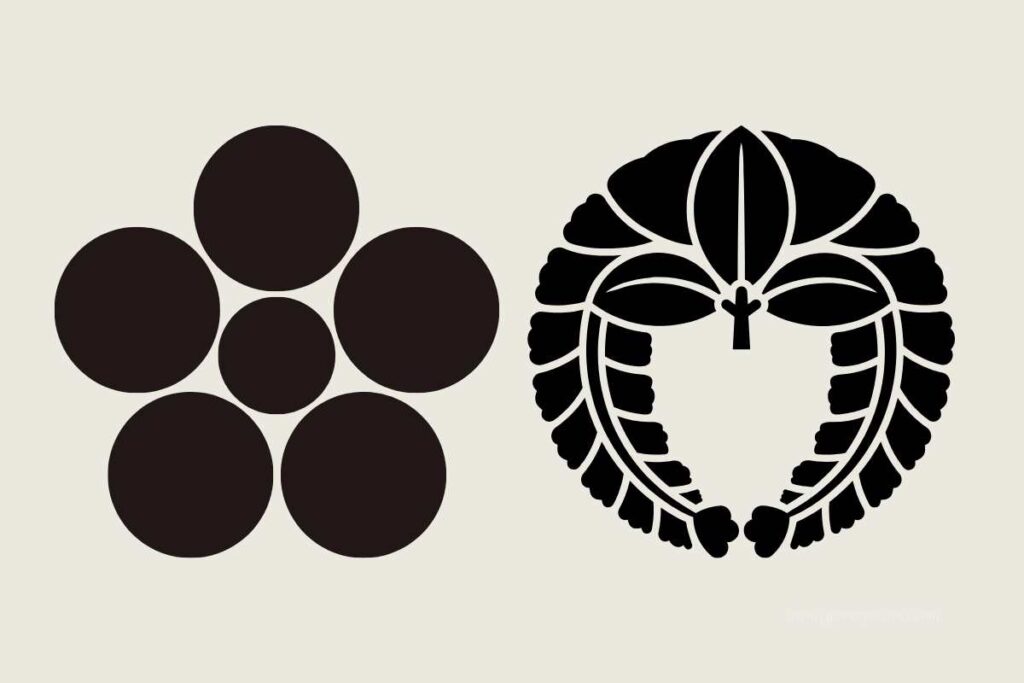
Today, there are said to be between 20,000 and 50,000 types of Japanese family crests. That is a lot! Still, the main designs are based on about 5,000 patterns. A kamon design is usually simple so that it can be recognized from far away.
The most common designs are inspired by plants like wisteria, paulownia, plum blossom, bamboo, and orange blossom (tachibana). Each has its own meaning.
For example:
- Plum blossom can mean hope and perseverance, as it blooms in early spring after the cold winter.
- Bamboo can mean strength and flexibility.
- Wisteria can mean elegance.
Other designs use animals, natural shapes, or geometric patterns. Some people made their kamon from something in nature near their home. Others chose a design because it symbolized their hopes or their jobs.
Famous Samurai Family Crests
Many famous Japanese historical figures had unique family crests.
For example:
- Oda Nobunaga, a famous warlord, often used the “Oda Mokko” crest.
- Toyotomi Hideyoshi used the “Paulownia Crest” (Go-shichi no kiri).
- Tokugawa Ieyasu, the first shogun of the Edo period, used the “Mitsuba Aoi” crest (three hollyhock leaves).
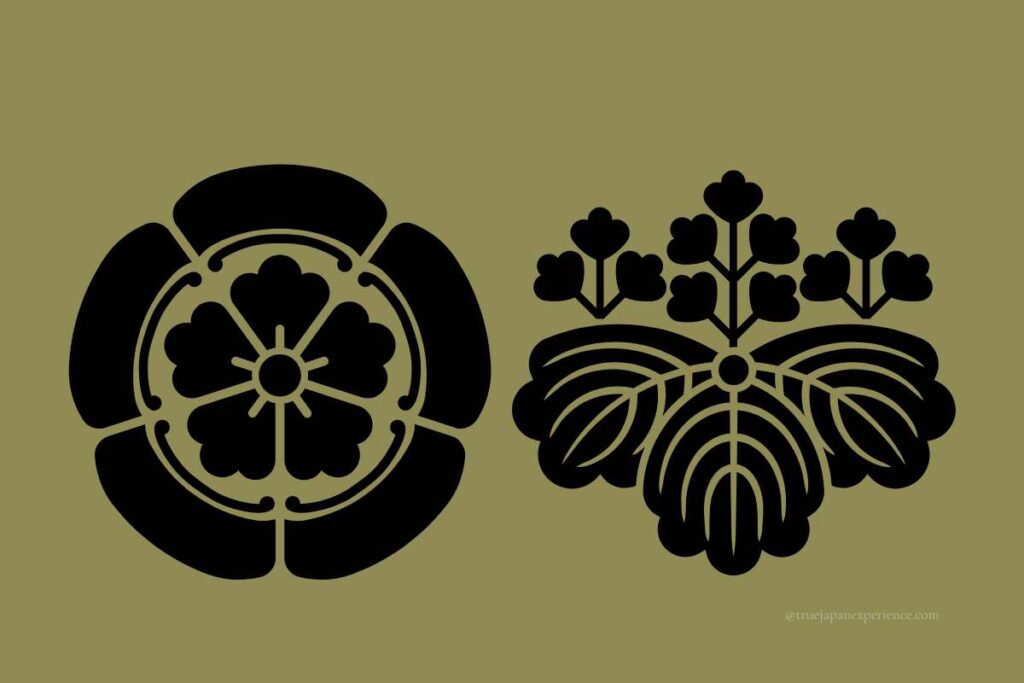
Oda Nobunaga’s family crest has a round gourd shape with a Chinese flower design. Nobunaga was a creative warlord in the Sengoku period. He tried to unite Japan under the slogan “Tenka Fubu,” which means “Rule the world by force.” People say this crest shows his new ideas and love for culture.
Toyotomi Hideyoshi’s family crest is called the “Paulownia with 5 and 7 flowers.” Long ago, this crest came from the Imperial Court and the Shogun. The paulownia tree means growth and success. For Hideyoshi, it also showed his strong wish to unite Japan.

Tokugawa Ieyasu’s family crest is the “Three Hollyhock Leaves.” This crest was a symbol of his power as Tokugawa Shogun. The hollyhock leaf means something holy and full of respect. It also showed a hope for peace and prosperity in the Tokugawa government.
These symbols have become deeply linked with Japanese history and culture, and their designs are still widely recognized across the country today.
Is the Emperor’s Crest a Japanese Family Crest?
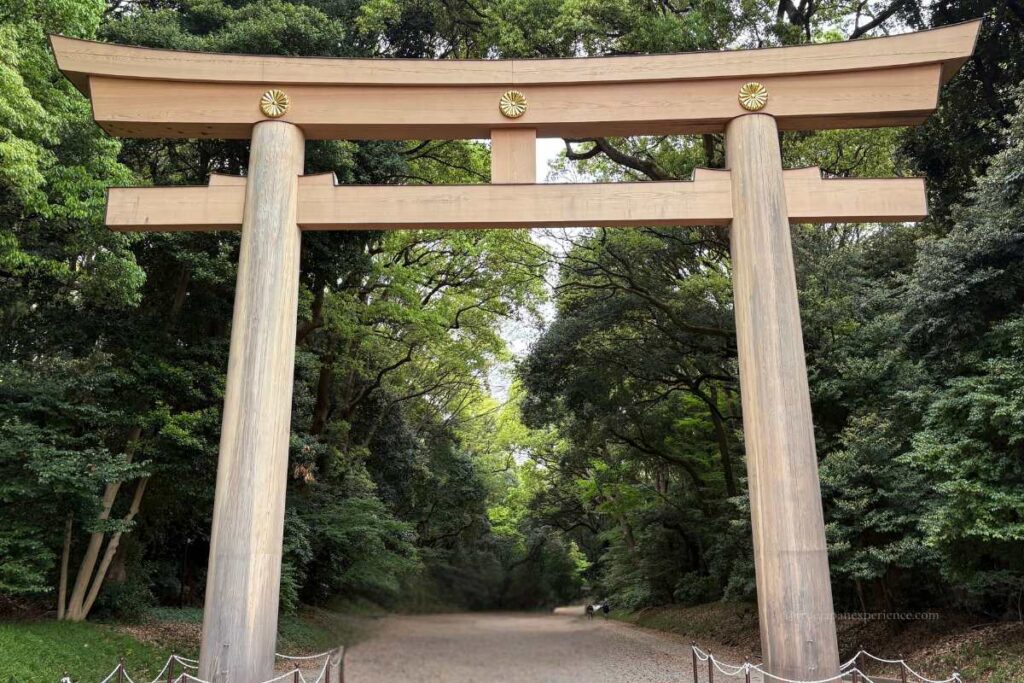
Japan’s Imperial Family also has a crest: the chrysanthemum with 16 petals.
This is called the Chrysanthemum Seal. In one way, it is also a Japanese Family Crest, but it is extremely special. Only the Emperor and the Imperial Family can use it.
Some Shinto shrines with a strong historical link to the Imperial Family, such as Meiji Jingu in Tokyo or Yasukuni Shrine, are allowed to use the same 16‑petal design.
However, most other shrines that feature chrysanthemum designs use fewer petals (for example, 12 or 14) to show respect and make a clear distinction from the Imperial crest.
Where You Can See Family Crest in Japan
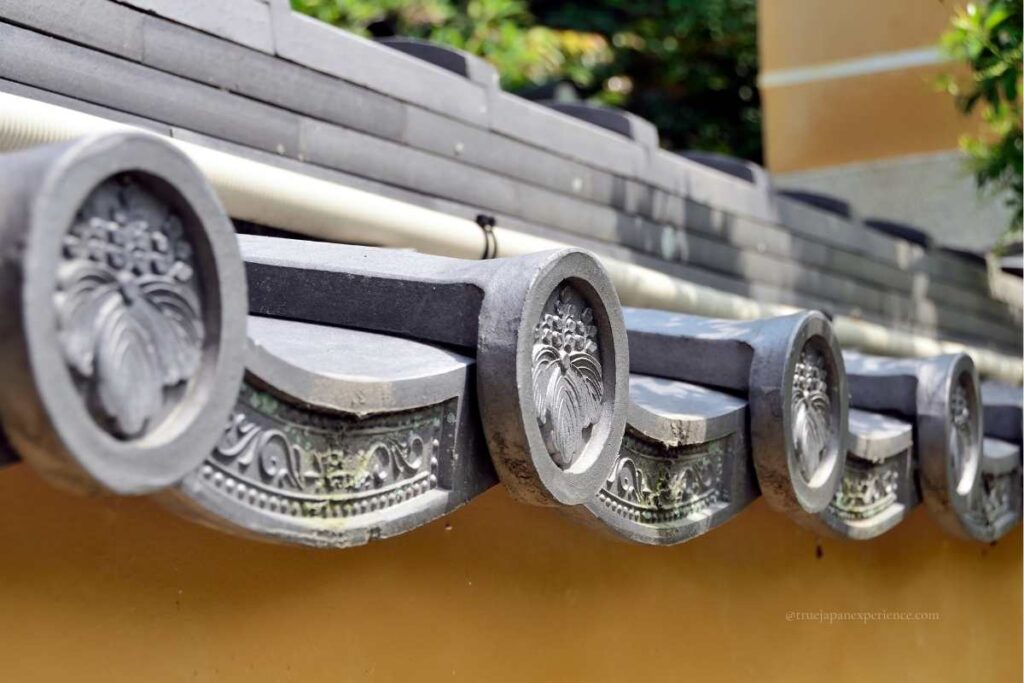
In the past, you could see kamon in many places in daily life.
Today, it is less common, but you can still find them.
They are often placed on:
- Traditional kimono for weddings or funerals.
- Gravestones and Buddhist altars.
- Roof tiles or entrance gates of old houses.
- Noren (fabric curtains) hanging in front of shops or shrines.
- Lanterns during festivals.
In modern Japan, kamon are also used for company logos, product design, and even T-shirts or jewelry.
Do Young People Know About Family Crest ?
Many young Japanese may not know their own family crest these days.
With modern life, nuclear families, and fewer traditional ceremonies, the kamon is not used as often as before.
But some young people are rediscovering kamon through fashion, design, or video games.
They may not wear it, but they enjoy its beauty and history.
Rules and “Do Not Use” Family Crest
Most kamon are free to use. However, some are protected.
The Emperor’s chrysanthemum crest is reserved for the Imperial Family.
Some famous old samurai crests are registered as trademarks today, so you cannot use them for business without permission.
For example, the Tokugawa hollyhock crest or the Shimazu cross-in-circle crest.
Final Thoughts : Family Crest in Japan Today
The Japanese family crest, or kamon, is one of the oldest identity symbols in the world still in use today.
It has been part of Japanese life for over 1,000 years. Kamon combine art, family pride, and history all in one small circle.
Even though kamon is not used every day anymore, it is still alive. In traditional events like weddings or tea ceremonies, you will still see it on kimono. In design, companies and artists use it to make a “Japanese touch”.
If you come to Japan, try to look for kamon on buildings, clothes, and festival items. It is like going on a treasure hunt for pieces of history.
✅ Want to explore more Japanese traditions? Check out our Culture Tips section for more!
